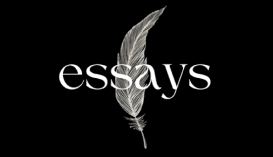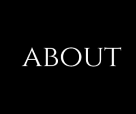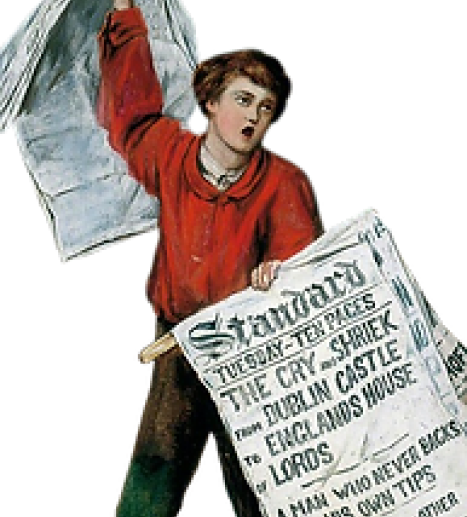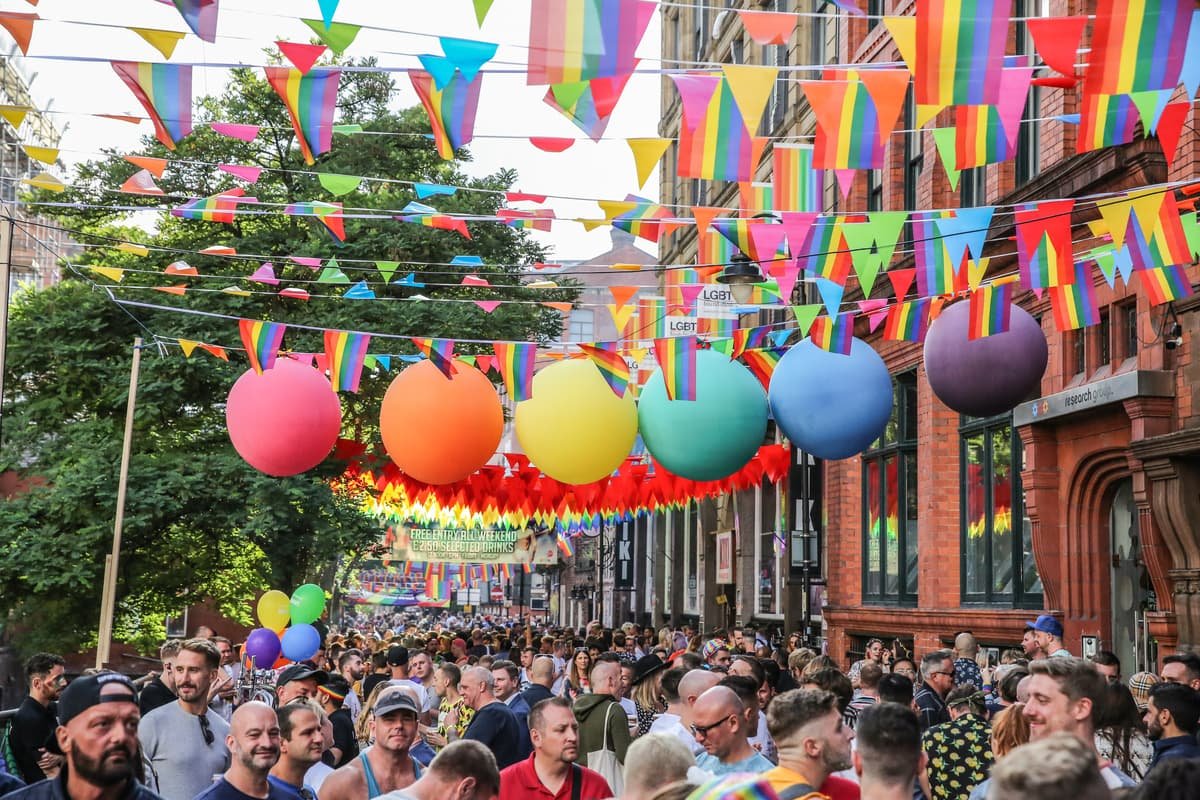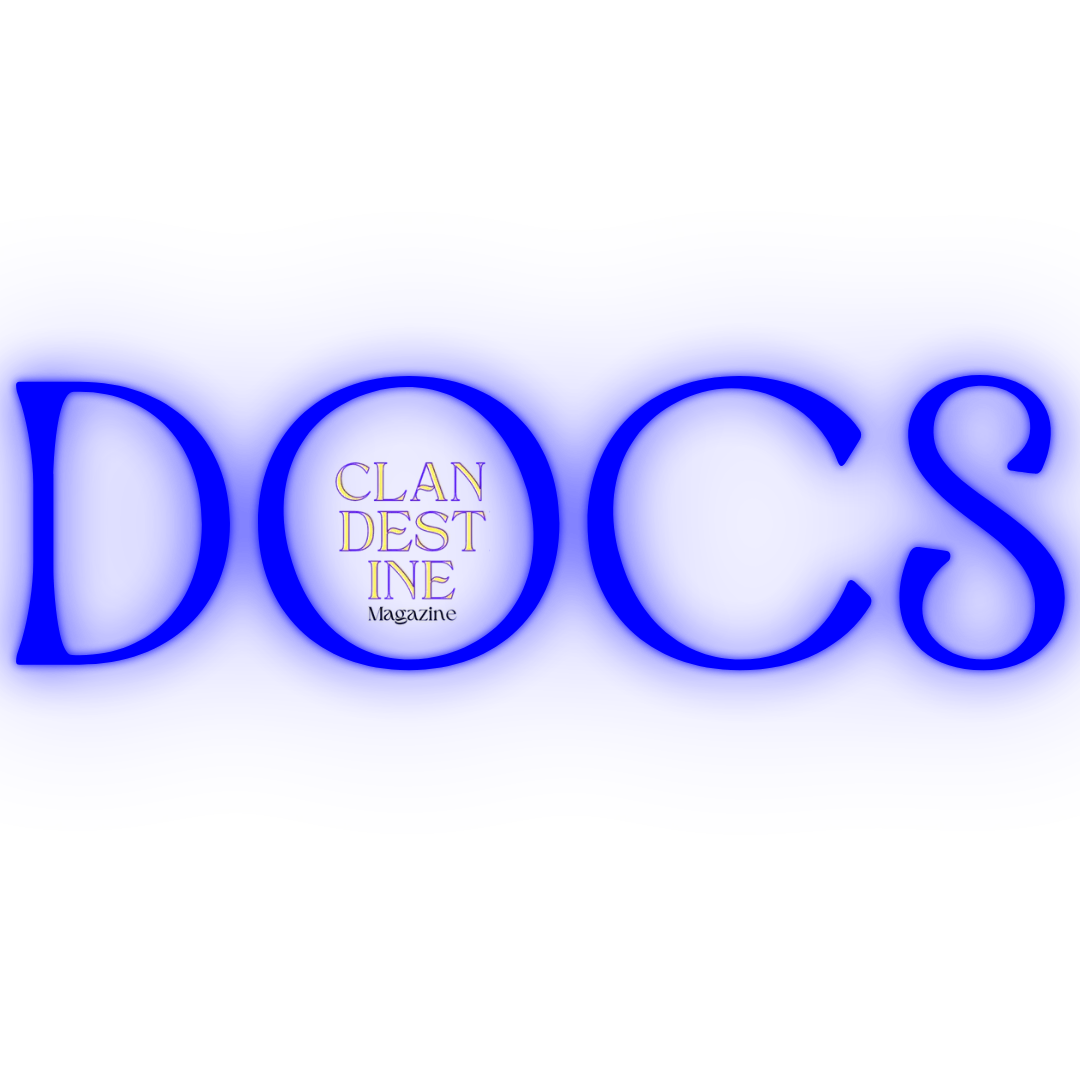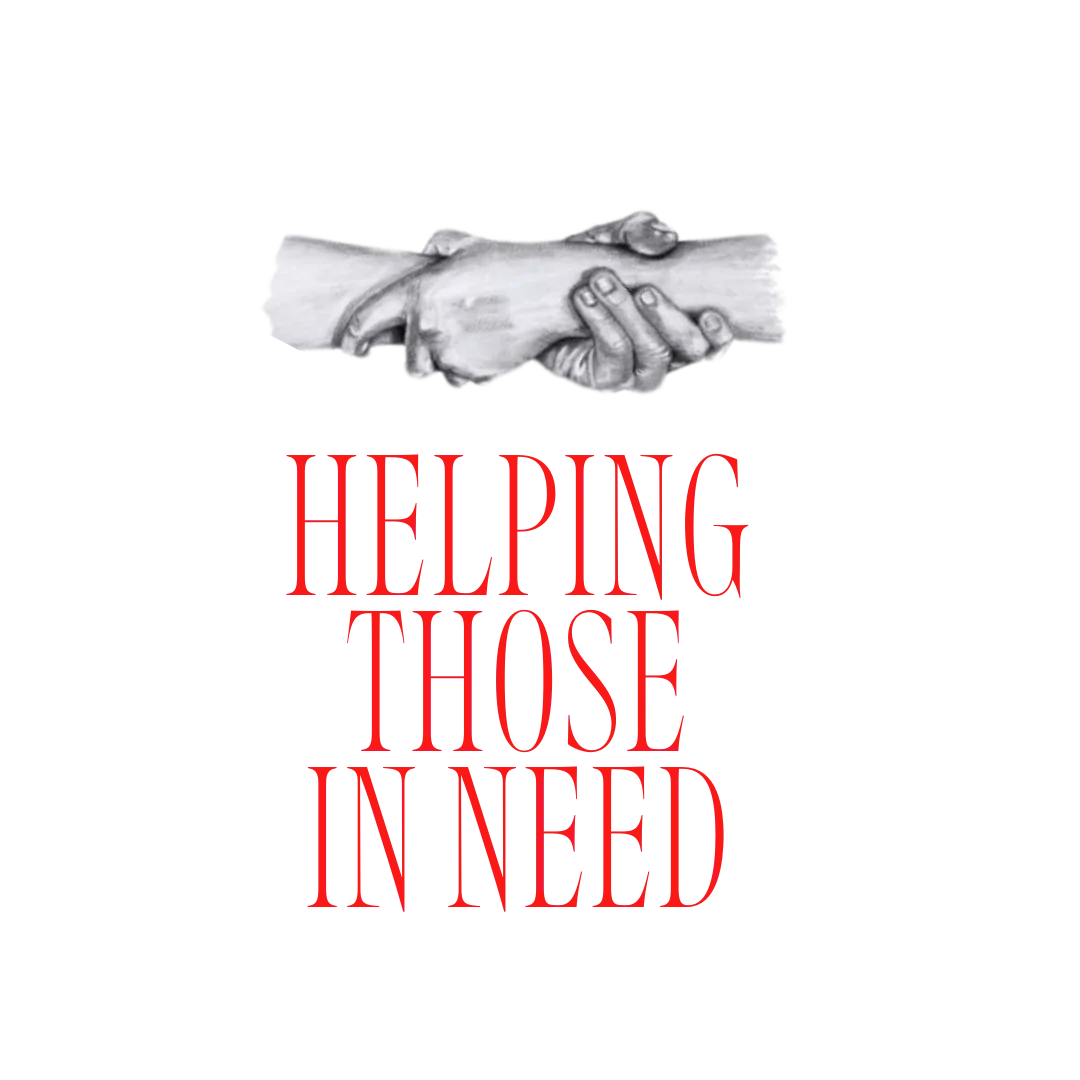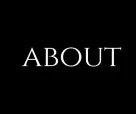If London was once the undisputed capital of queer Britain, its crown is quietly being shared. From Blackpool’s seafront to Hebden Bridge’s hills, something quite radical is happening. Drag nights in working men’s clubs. Pride flags flutter above centuries old town halls. Zine collectives, queer supper clubs, DIY cabarets. A renaissance, glitter splattered, defiant and distinctly local, is blooming far beyond the M25.
From backroom to ballroom
Take Margate. Once a faded seaside postcard, it’s now a queer wonderland of drag brunches and artist studios. Every August, Margate Pride transforms the promenade into a kaleidoscope of joy. A beachside carnival that feels more like a family reunion than a parade. “It’s different here”, says local performer Vanity don Glow. “We all know each other. You can walk down the street in sequins and someone’s nan will shout ‘You look fabulous, love!’ and mean it”.
Up north, in Hebden Bridge, affectionately dubbed ‘the lesbian capital of the UK’ rainbow bunting isn’t just for June. The town’s queer arts scene has birthed poetry nights, photographic exhibitions, and even a trans-led folk festival. Its secret? “Community over competition,” says organiser Rhiannon Wilde. “No one’s trying to be the next big London thing, We’re building something that lasts here”
Glitter in the Pits
Meanwhile, in old mining towns like Barnsley and Pontypridd, drag is reclaiming working class spaces once thought inhospitable.
If we look at Yorkshire in general, hate crimes due to a person’s sexual orientation are on the rise, in a place where it is becoming increasingly dangerous to be art of a community, people continue to push themselves out there. This culture has managed to take dart boards and bar stools and turned them into hubs of safety and sequins.
These nights are less about escape and more about reclamation. It’s about saying “we belong here too”. Queer joy doesn’t just happen in Shoreditch basements and Soho clubs. It can happen in a room that smells faintly of old men and ale.
Digital roots, Rural Shoots
Social media has been the connective tissue of this renaissance. Instagram accounts like “Waythroughlgbt_” and “Queersofthenorth” have turned isolation into solidarity, linking farmers in Cumbria with artists in Cornwall. They trade tips on queer inclusive pubs, promote each other’s events and crucially remind people that visibility doesn’t stop at the city limits.
A growing network of queer run festivals from Out and Wild in Pembrokeshire to Queer Spirit in Wiltshire, are redefining what queer gathering looks like. Think less sweaty club night, more woodland workshops, tarot readings and dance parties under fairy lights. “There’s a gentleness to rural queerness” says Tom O Reilly, co-founder of Out and Wild. “ It’s less about performance, more about presence. About being seen, really seen”.
Belonging, Reimagined
For decades, the queer migration was one way, small towns lost their LGBTQ+ kids to big cities. Now, a trickle of returns has begun. Artistic prices out of London are finding space, literally and figuratively, to create elsewhere. What they’re building isn’t a replica of a city’s queer culture, but something uniquely regional, proud, political, playful.
In Whitstable, a collective called The Oyster Girls host a drag bingo in a fishermen’s hall, raising funds for local trans healthcare. In Todmorden, a queer farmers market mixes home baked brownies with badges that read “Dyke, but make it organic” Even in sleepy market towns like Forme and Lewes, queer film nights fill converted chapels and town halls.
The Next Chapter
There’s a quiet revolution happening, not loud enough to shake the glitter off soho, but powerful enough to shimmer from afar. Small town Britain is queering itself anew, not as a rebellion against London, but as an evolution of it. The results feel like a movement and maybe that’s what the queer renaissance of small town Britain really is not a trend but a homecoming.








